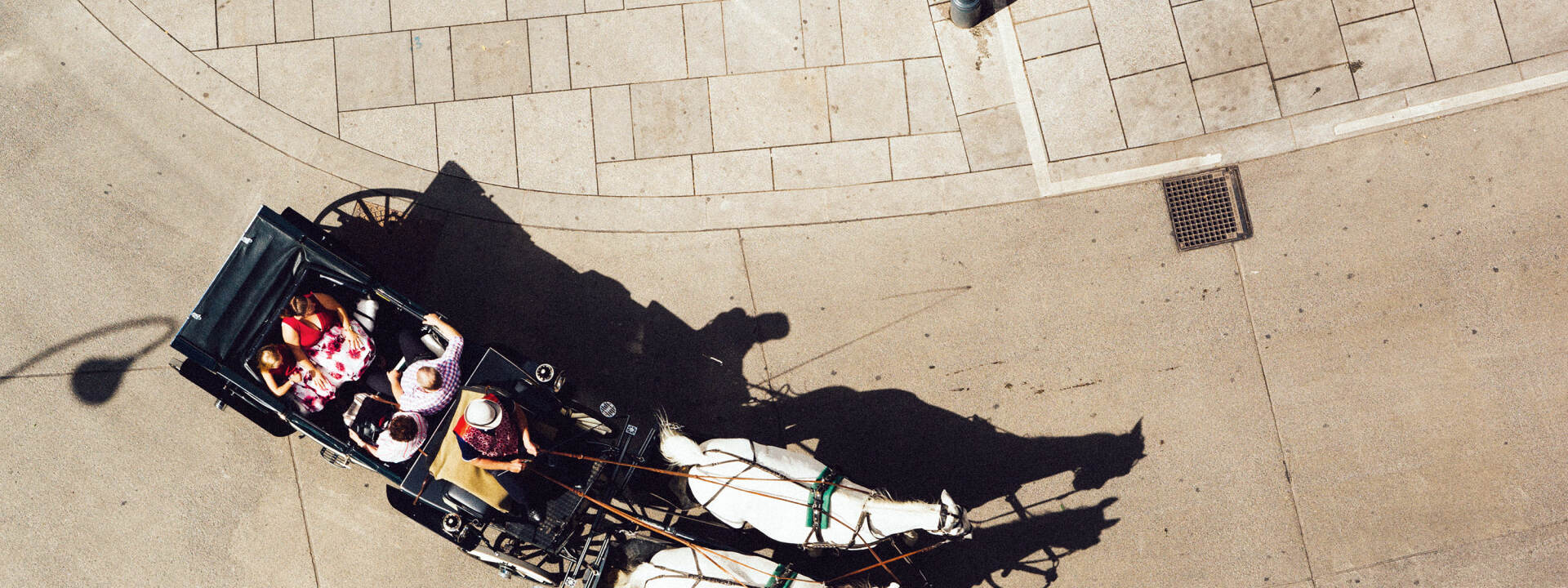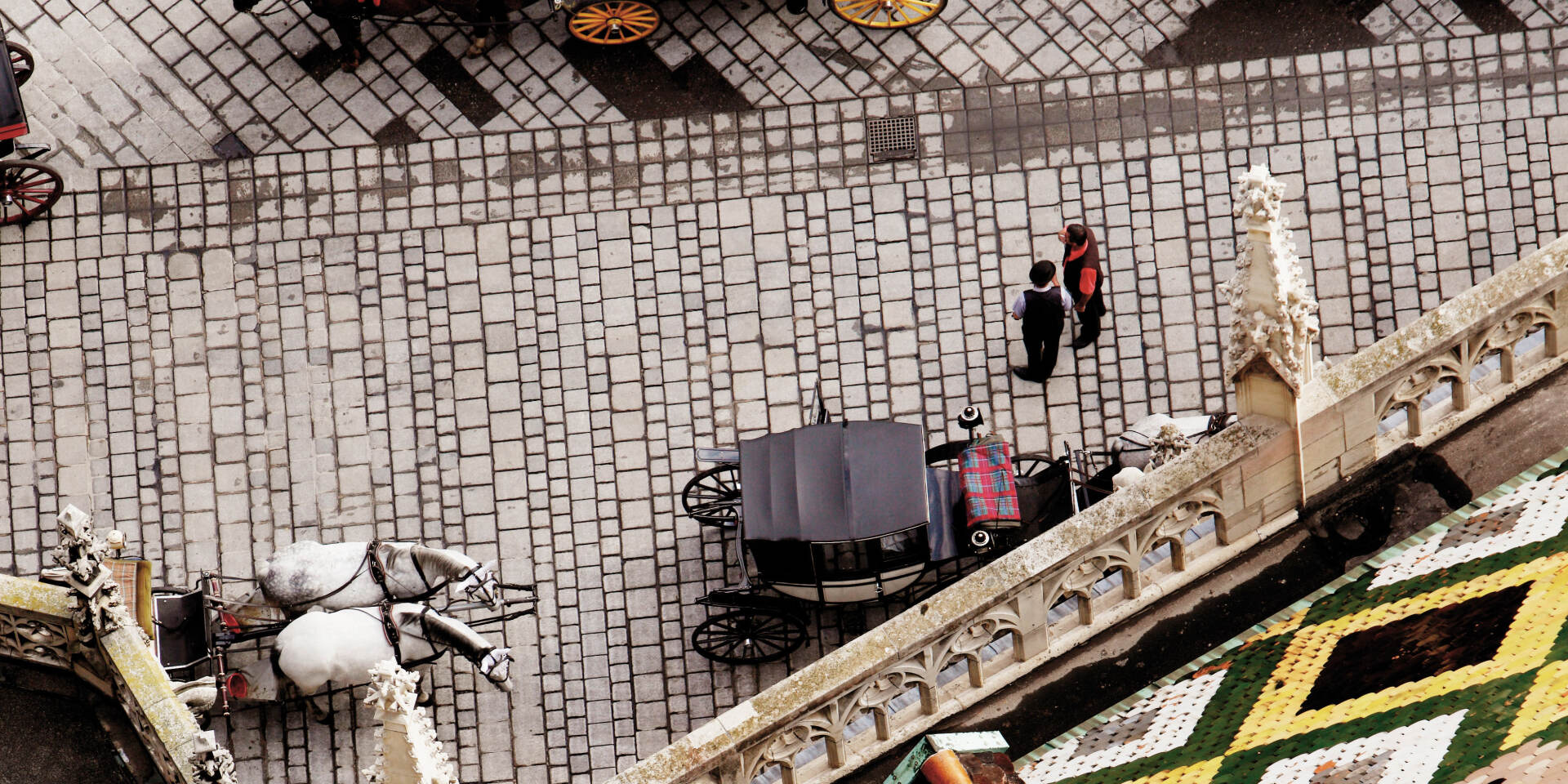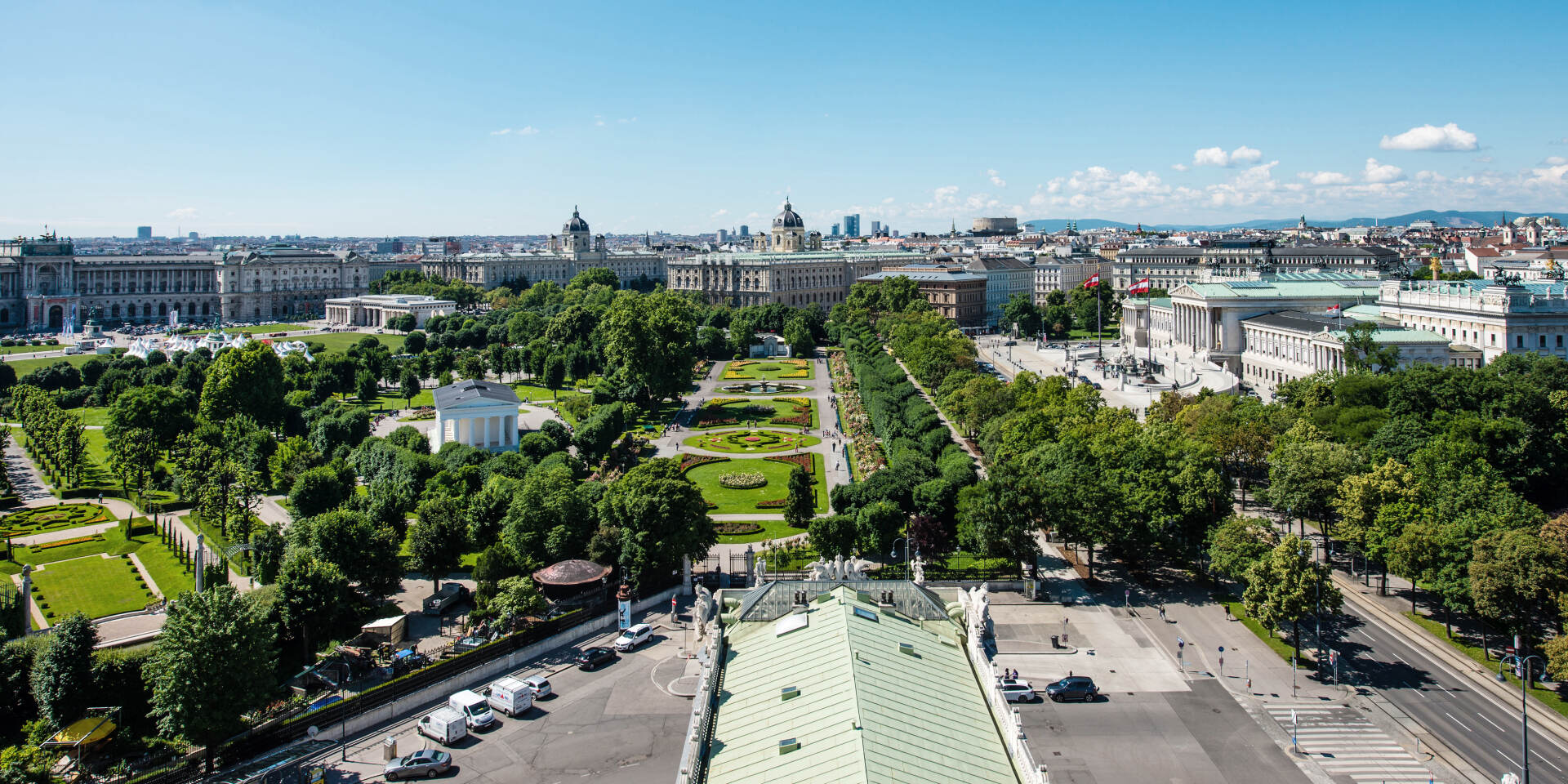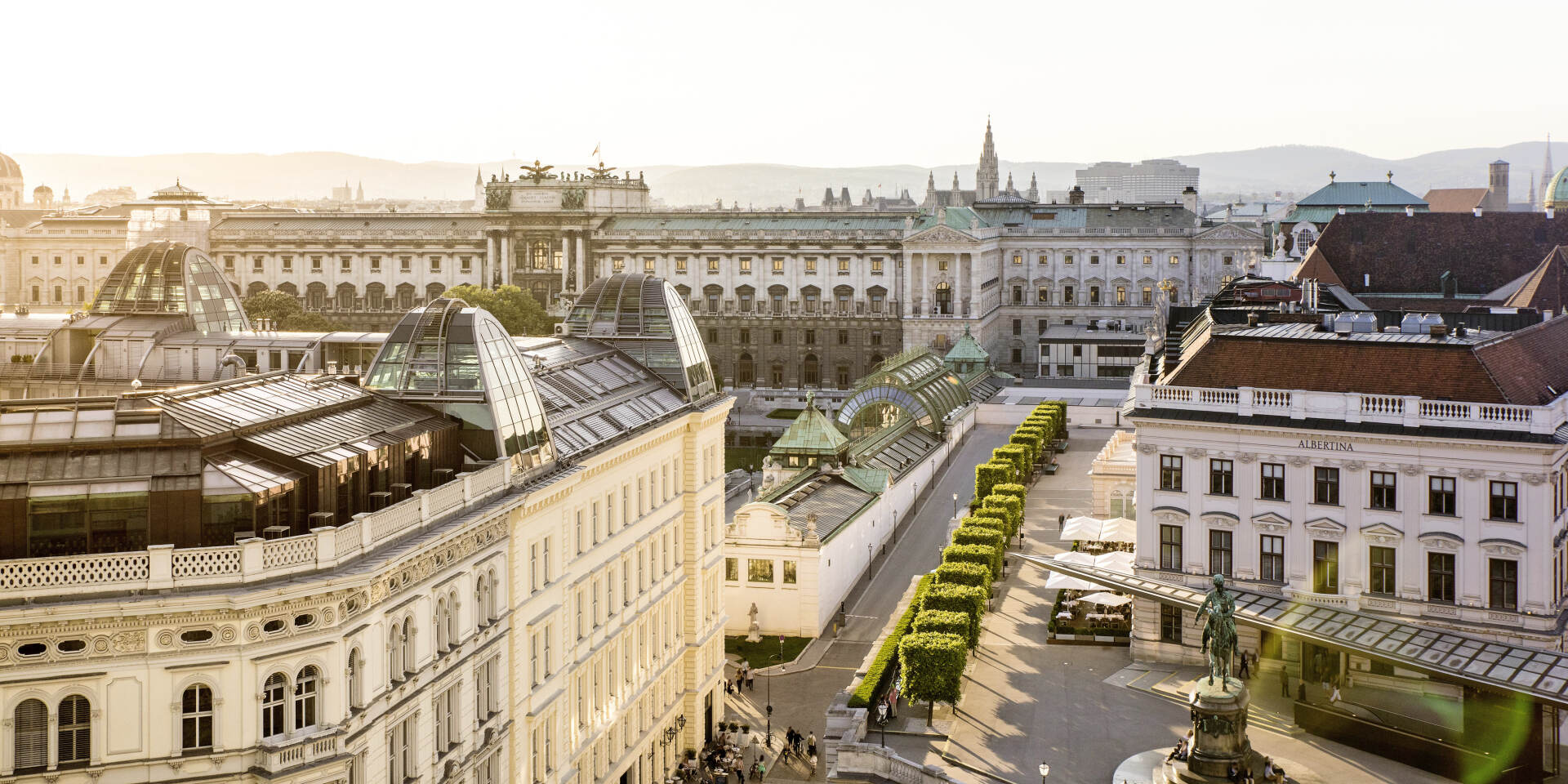
With the horse-drawn carriage through Vienna
The "Fiaker" are just as much part of Vienna as St. Stephen's Cathedral and the Giant Ferris Wheel
For many tourists, a ride with the two-horse carriage is one of the highlights. There is almost no cozier way to explore Vienna’s attractions.
The term "fiaker" originates from the French and refers to the hackney carriage stand in the Parisian Rue de Saint Fiacre. In 1720, the carriages - which had previously been referred to as "Janschky" coaches in Vienna - were renamed "fiakers" (and numbered).
Then the carriage trade really began to boom: more than 1,000 fiakers were on the road in Vienna between 1860 and 1900. The carriage drivers were often characters that were known throughout the city and also sometimes performed as singers. They were appreciated for their discretion, especially when one or the other fine gentleman was amusing himself in the fiaker with his paramour.
Probably most famous among them was Josef Bratfisch, the royal coachman of Crown Prince Rudolf, who brought the prince's lover Mary Vetsera to Mayerling in 1889, where both lives found a tragic end.
Today it is hard to imagine the cityscape without the Viennese fiakers. You can find fiaker stands in different areas of the city: Stephansplatz, Heldenplatz (occasionally Michaelerplatz), Albertinaplatz, Petersplatz and Burgtheater.
© WienTourismus




